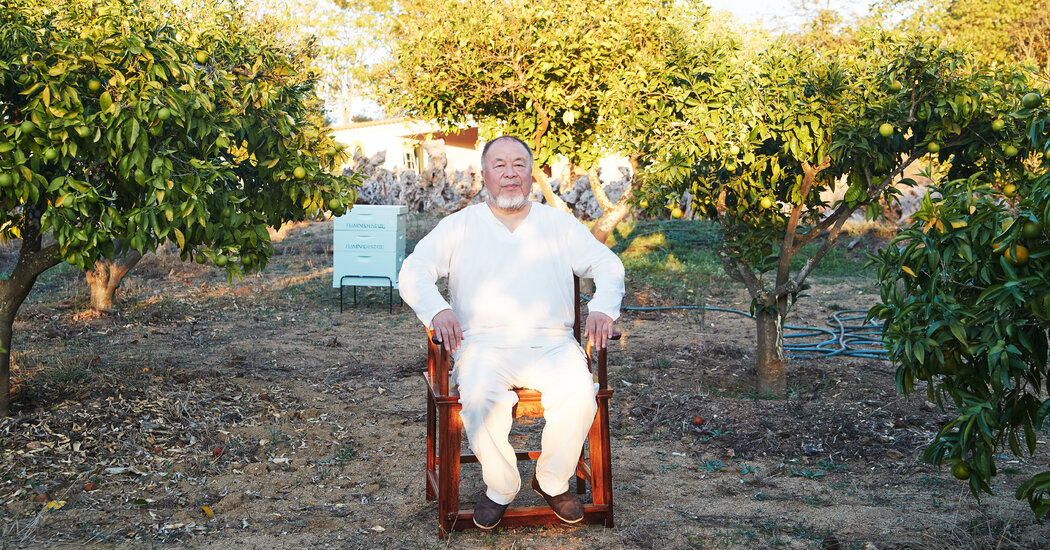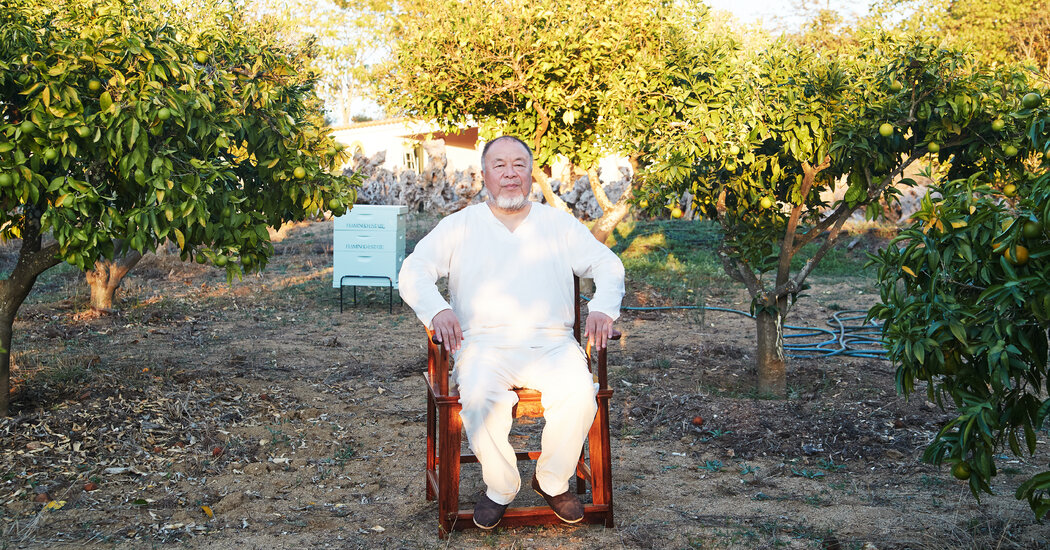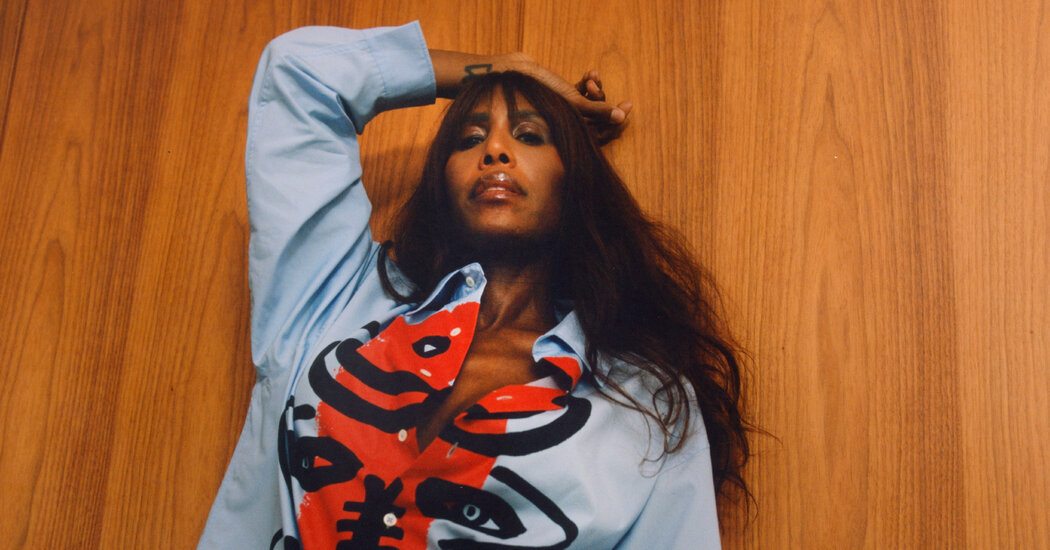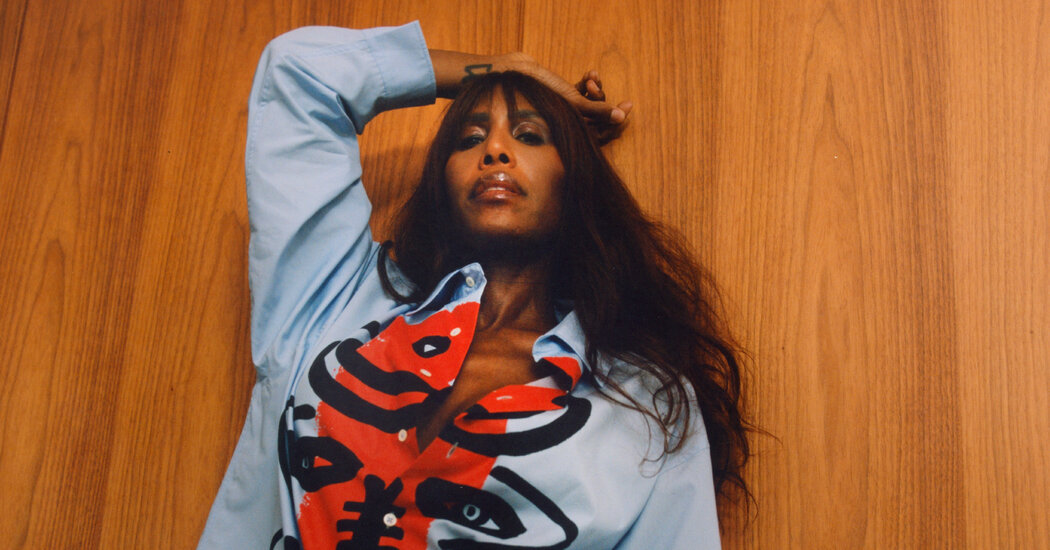
In contrast to dire predictions, the midterm elections were largely a rebuke to far-right candidates who campaigned on conspiracy theories about the 2020 election. But that they were in contention at all speaks to how normalized baseless claims are now. Misinformation and disinformation have become more and more intractable in recent years, and the increased fragmentation of news in the digital era makes solutions hard to come by.
These six podcasts dig into the psychology behind conspiracy theories, online radicalization and moral panics, and lay bare just how dangerous a lie can be once it spreads.
‘Will Be Wild’
Nearly two years since the Jan. 6 assault on the Capitol, and after nine days of harrowing public hearings, it can still be difficult wrap one’s mind around the reality of what happened. This series from Wondery begins with the emotionally gripping story of one family before making its way into the broader saga. On Christmas Eve of 2020, a teenage boy in Texas, increasingly alarmed by his father’s far-right rhetoric, typed into Google the phrase “how to tip the FBI.” Jackson Reffitt, that 18-year-old, didn’t realize just how correct he was when he told the authorities his father, Guy Wesley Reffitt, might be dangerous — Reffitt ultimately became the first person to stand trial for the riot. With a title ripped from a tweet of former President Trump’s, “Will Be Wild” features harrowing audio from the riot and equally troubling interviews with election-denying attendees, many of which illustrate how conspiracy thinking spurred the mob.
Understand the Events on Jan. 6
- Timeline: On Jan. 6, 2021, 64 days after Election Day 2020, a mob of supporters of President Donald J. Trump raided the Capitol. Here is a close look at how the attack unfolded.
- A Day of Rage: Using thousands of videos and police radio communications, a Times investigation reconstructed in detail what happened — and why.
- Lost Lives: A bipartisan Senate report found that at least seven people died in connection with the attack.
- Jan. 6 Attendees: To many of those who attended the Trump rally but never breached the Capitol, that date wasn’t a dark day for the nation. It was a new start.
Starter episode: “Warnings”
‘Boys Like Me’
The word “incel,” shorthand for “involuntary celibate,” reached the mainstream in 2018 after Elliot O. Rodger, a self-described incel, deliberately drove a van into Toronto pedestrians, leaving 10 dead and injuring more than a dozen. In this five-part CBC series, the host, Ellen Chloë Bateman, chronicles the story alongside Evan Mead, a filmmaker who knew the attacker in high school and related to him as a fellow social outcast. “Boys Like Us” focuses not so much on misinformation as exploring the online communities in which “incels” share their feelings of rejection and wounded entitlement, spurring each other further into isolation and misogynistic rage that can lead to acts of violence.
Starter episode: “A Moment of Silence”
‘Truthers: Tiffany Dover Is Dead’
In December 2020, Tiffany Dover, a nurse in Chattanooga, Tenn., received the Covid-19 vaccine live on camera. During an interview with reporters afterward, Dover briefly fainted, before reappearing to explain what had happened — she has an underlying health condition that causes her to lose consciousness when she experiences pain. There was nothing remarkable about her reaction — fainting is a potential side effect of any vaccine, even for people without a predisposition. But the clip spread fast in anti-vaccine corners of the internet and soon set off a conspiracy theory: that Dover had actually died after getting her shot and been replaced by a doppelgänger. This unsettling podcast is hosted by Brandy Zadrozny, an NBC News reporter who specializes in covering misinformation, and notes that Dover is far from alone as “a regular person whose life becomes a weapon in a global information war.”
Starter episode: “Needle In”
‘Death by Conspiracy?’
Conspiracy theories around Covid-19 hold just as much sway overseas as they do in the U.S., as this investigative series from BBC Radio 4 makes clear. Marianna Spring, a reporter who covers disinformation, explores the onslaught of pandemic pseudoscience through the story of Gary Matthews, a man described as gentle and good-natured, until his lifelong interest in fringe politics snowballed into a destructive distrust of experts in any form. He dismissed Covid as a hoax, deliberately flouted every pandemic restriction — and then caught the virus and died at 46. As Spring delves into the human cost of scientific disinformation, the bite-size, 15-minute episodes make the bleakness of this story easier to stomach.
Starter episode: “A Magical Town”
‘Knowledge Fight’
The Infowars broadcaster Alex Jones for years spread a cruel false narrative about the Sandy Hook shooting, and was recently ordered to pay more than $1.4 billion to some of the families he defamed. Since 2017, the former standup comedians Dan Friesen and Jordan Holmes have been trying to understand how Jones peddles such the falsehoods with their podcast, “Knowledge Fight.” The conceit is simple: Friesen listens to Infowars broadcasts and then breaks them down the benefit of Holmes, who doesn’t. Along with debunking Jones’s lies, the pair also explore what makes Jones’s talking points so appealing to a certain audience. More recently, they’ve pivoted to documenting his comeuppance, and the schadenfreude-tinged analysis makes for cathartic listening.
Starter episode: “October 12, 2022”
‘Hoaxed’
The satanic panic — a widespread set of conspiracy theories, beginning in the 1980s, about satanic cults committing ritualistic child abuse — is often thought of as a uniquely American phenomenon. That’s part of what makes this series from Tortoise Media so surprising, because it chronicles a lesser-known satanic panic that took place in a leafy, affluent neighborhood of London. In 2014, two children told the police that their father was running a satanic pedophile ring, along with more than 100 other parents, teachers and neighbors in the area. Though it later emerged that the children had been coerced into lying, the ripple effects of the false allegations forever changed the lives of the accused — especially once conspiracy theorists seized on the story and refused to accept that it was false.
Starter episode: “Secrets and Lies”



















